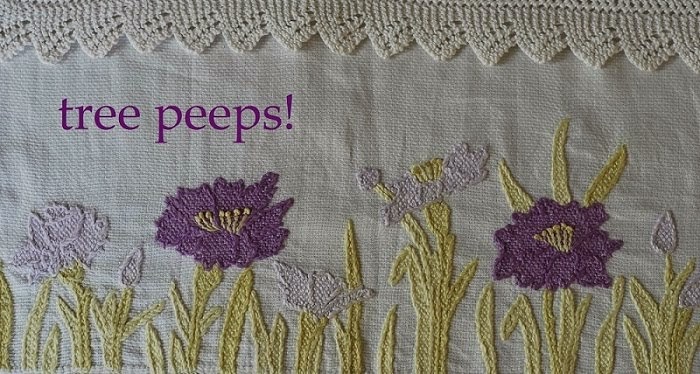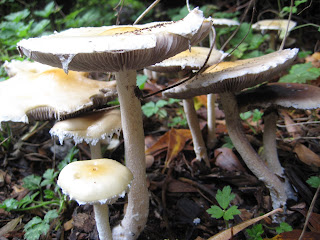
(my Pilobolus growing on horse dung in a petri dish)
Pilobolus is a very very cool fungus that grows on animal dung. It accumulates water in a large vesicle at the top of the stalk and uses turgur pressure to shoot off a packet of spores (a sporangium). These can travel up to 5 feet, and are shot in the direction of highest light concentration.

Here is a tray of horse dung we used to grow Pilobolus.
You can see the sporangia that have been shot off and stuck to the plastic covering.


"Beneath the black sporangium is a lens-like vesicle, with a light-sensitive `retina.' It controls the growth of the stalk very precisely, aiming it accurately toward any light source (movement in response to light is called phototropic). Osmotically active compounds cause pressure to build to more than 100 pounds per square inch in the stalk and vesicle. This eventually causes the vesicle to explode, hurling the black sporangium up to 2 metres, directly toward the light. The mucilaginous contents of the vesicle go with the sporangium, and glue it on to whatever it lands."















